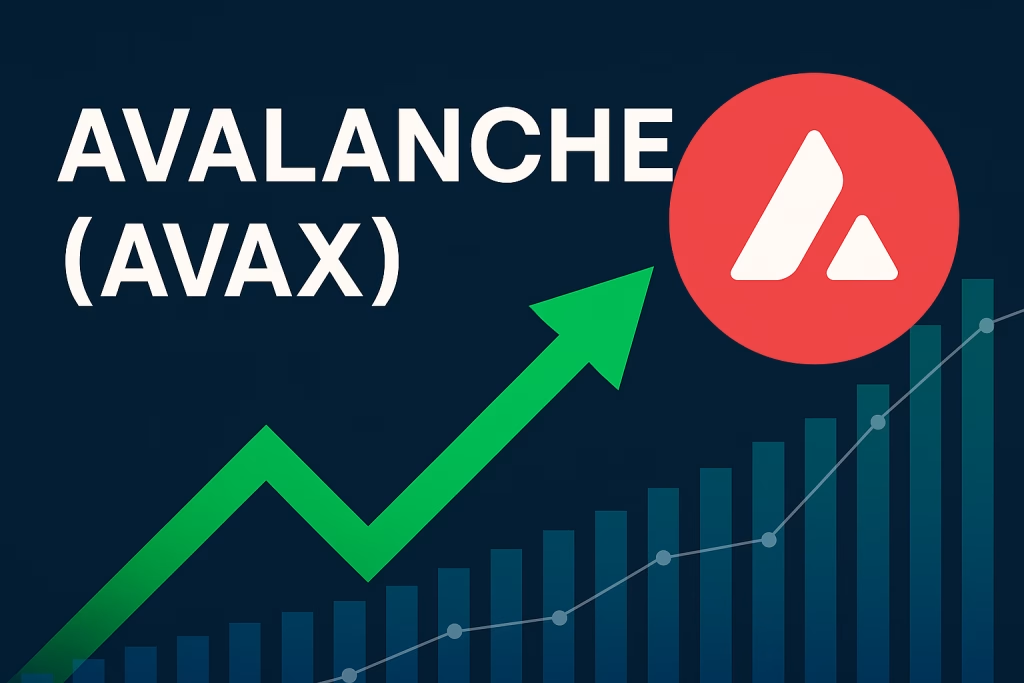Hidden Trigger Could Spark Massive Bitcoin Rally in 2025, Expert Warns
👤Jay Robinson ⏲️July 8, 2025

The Bitcoin market may be on the brink of its biggest bull run yet, but according to Bloomberg Intelligence ETF analyst James Seyffart, the real catalyst isn’t what most investors expect.
Speaking on The Bitcoin Economy podcast, Seyffart revealed that the next wave of institutional demand for spot Bitcoin exchange-traded funds (ETFs) may not come from sovereign wealth funds or pension managers.
Instead, the hidden force lies within the United States’ network of Registered Investment Advisers (RIAs), which, once fully cleared to recommend Bitcoin ETFs to retail clients, could unleash unprecedented capital inflows.
“The biggest bull case for the ETFs has been the unlocking of RIAs in 2025,” said Seyffart. “Right now, the vast majority of assets are stuck in limbo. Advisers can act on client requests, but they still can’t proactively recommend Bitcoin exposure.”
Bitcoin’s RIA Bottleneck and the ‘Traffic-Light’ Dilemma
Seyffart outlined a “traffic-light” model used by compliance departments across advisory firms:
- Red-light firms: Completely restrict Bitcoin investments.
- Yellow-light firms: Allow advisers to process client-initiated purchases but not recommend them.
- Green-light firms: Permit advisers to solicit Bitcoin exposure as part of a diversified portfolio.
While independent RIAs have shown more flexibility, most still rely on centralized model portfolios that don’t yet include Bitcoin ETFs. Until those models update to flag Bitcoin as a recommended holding, discretionary adoption will remain limited.
However, 2025 may be a turning point. Seyffart emphasized that compliance teams generally require one full calendar year of daily Net Asset Value (NAV) data before a new ETF can graduate from “yellow” to “green” status.
With spot Bitcoin ETFs only launched recently, this 12-month milestone is fast approaching, potentially opening the floodgates by late 2025.
August 13F Filings Could Confirm the Shift
A critical marker to watch is the upcoming Form 13F reporting deadline on August 15, 2025, which will disclose second-quarter holdings. Seyffart anticipates these filings will reveal “a lot more RIAs have come online and are buying [Bitcoin ETFs] for their clients,” signaling a surge in green-light status conversions.
The result? A compliance-driven transformation of the Bitcoin market, where advisers can legally and confidently recommend the asset—pushing Bitcoin from speculative play to institutional staple.
“If RIAs flip the switch, flows could dwarf everything we’ve seen so far,” Seyffart noted.
MicroStrategy’s $14 Billion Q2 Bitcoin Gains Fuel Bullish Sentiment
While RIAs prepare to pivot, MicroStrategy is already riding the Bitcoin wave. The firm, led by vocal Bitcoin advocate Michael Saylor, is set to post $14 billion in unrealized gains for Q2 2025. This follows Bitcoin’s impressive rebound to a recent high of $109,000, with current prices holding steady around $108,250.
Saylor’s conviction remains unwavering. MicroStrategy now holds 597,325 BTC, valued at over $42.4 billion, with an average purchase price of $70,982 per coin. Saylor believes Bitcoin is still vastly undervalued and remains adamant that BTC will hit $1 million in the long run.
Since 2020, MicroStrategy’s stock (MSTR) has soared over 3,300%, demonstrating how Bitcoin-backed strategies can generate exponential shareholder returns. Year-to-date, MSTR is up 32%, fueled by the company’s aggressive Bitcoin accumulation and investor confidence in its long-term vision.
Bottom Line: A Quiet Trigger With Loud Implications
As Bitcoin edges toward mainstream financial adoption, the influence of RIAs—often overlooked—is emerging as a key market lever. If ETF compliance shifts allow advisers to openly recommend BTC, Bitcoin could see inflows surpassing any prior bull run.
Combined with institutional players like MicroStrategy sitting on multi-billion-dollar profits, Bitcoin’s fundamentals in 2025 are stronger than ever. Investors, advisers, and market watchers now await the August filings for a clear signal: the next leg up may already be underway—quietly and compliantly.
About Author









